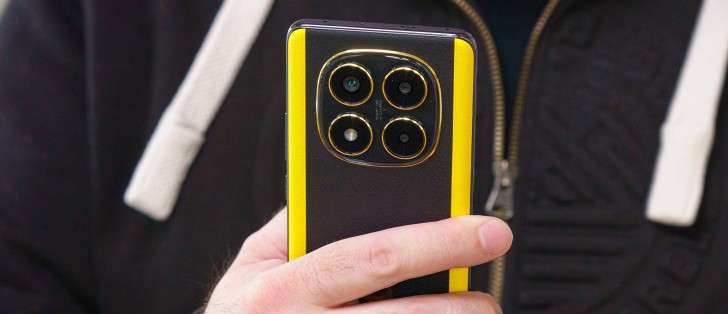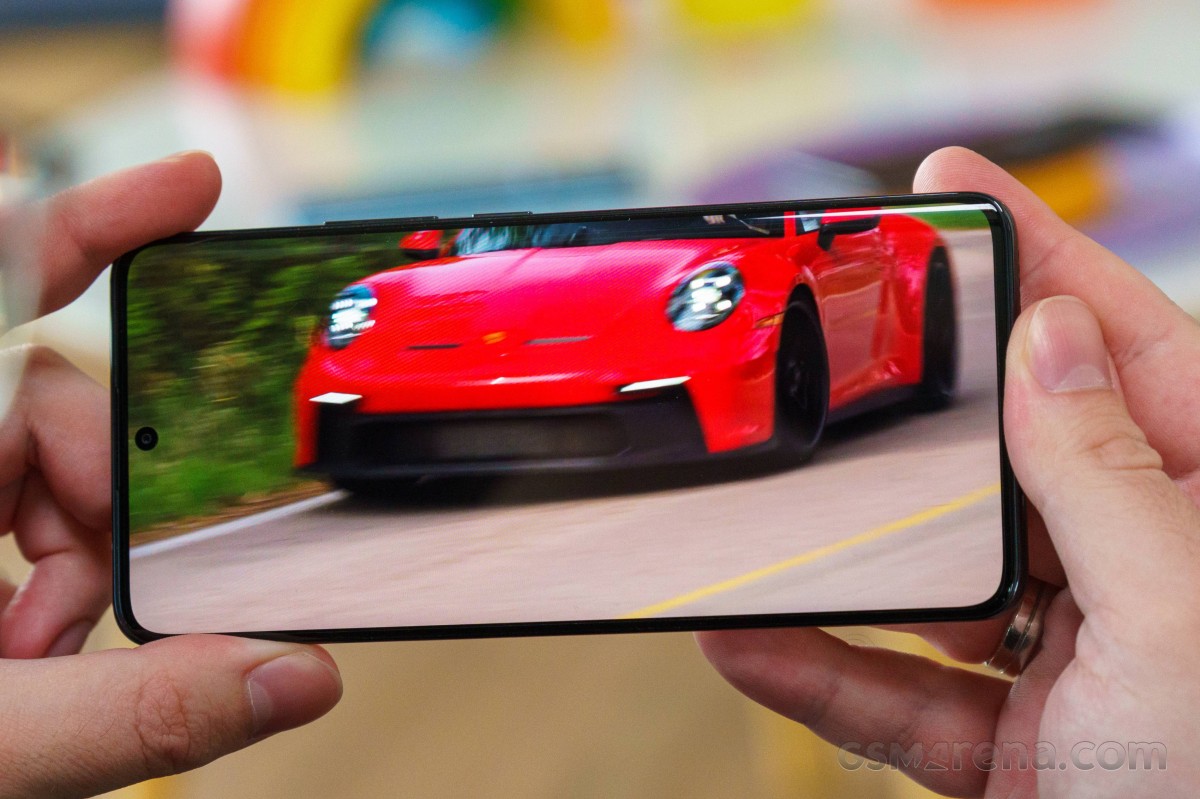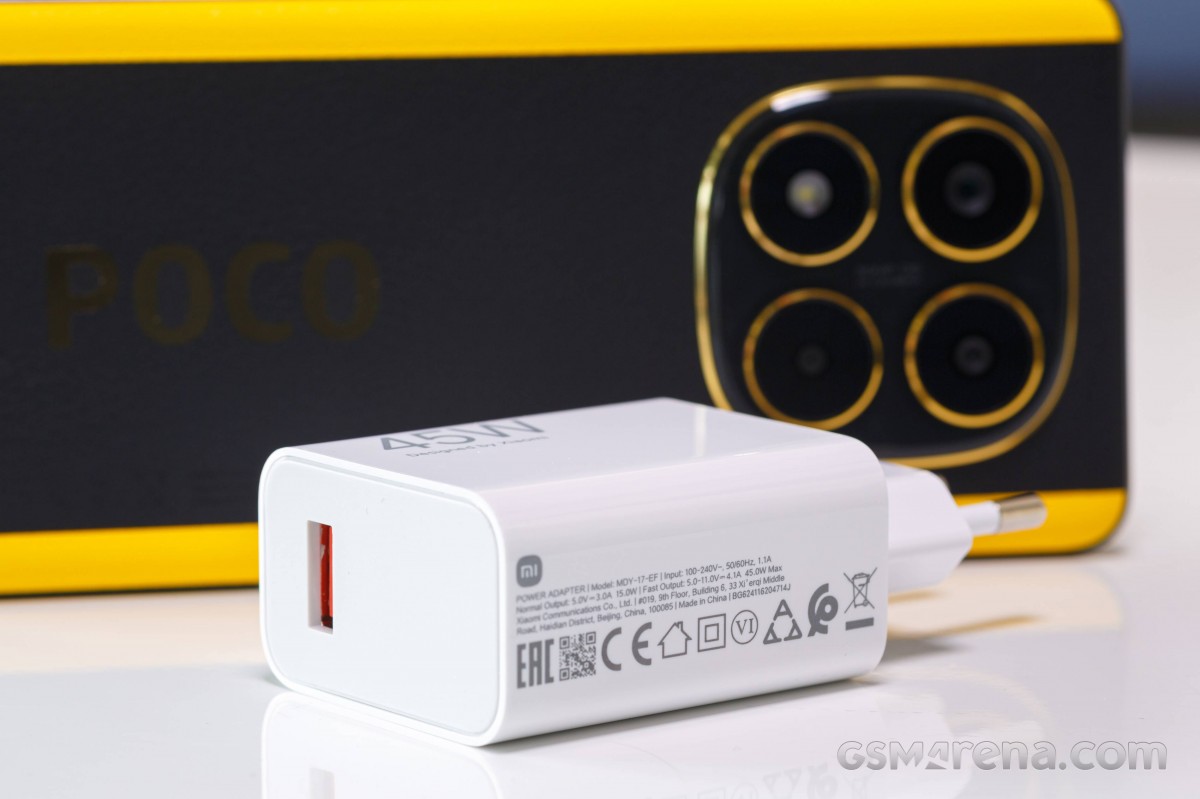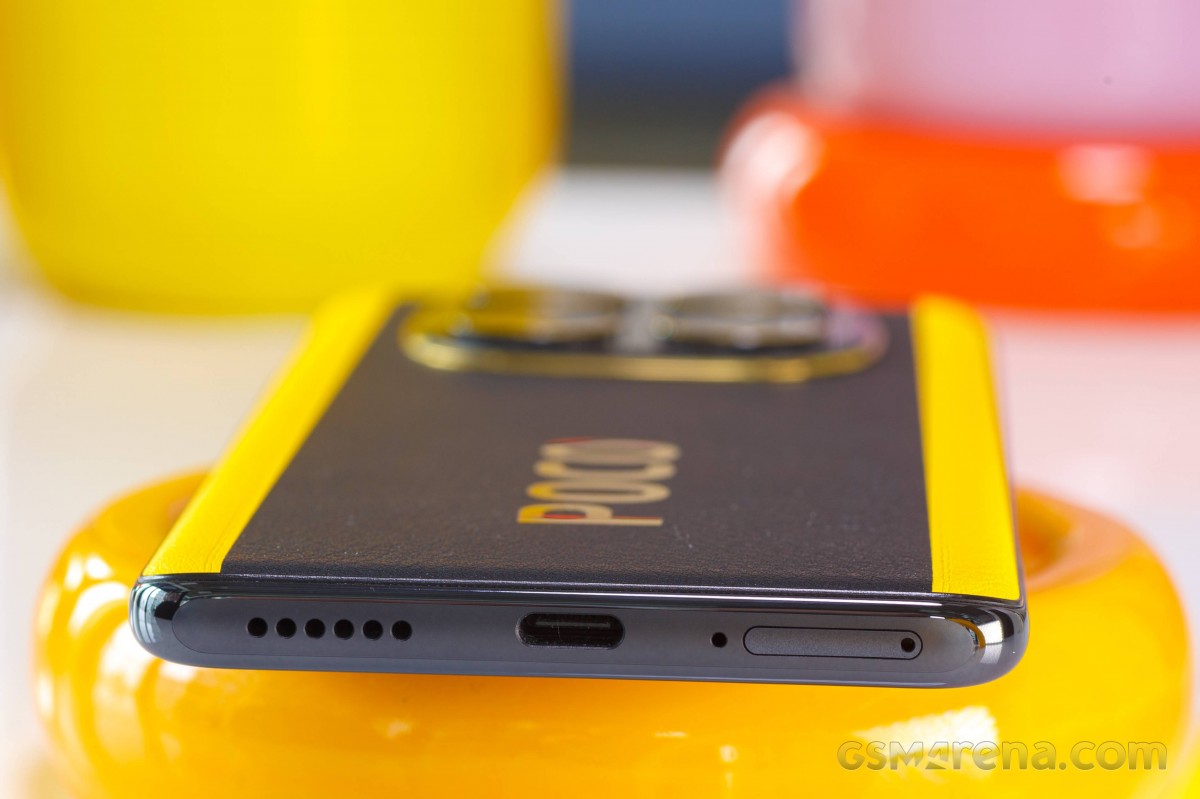Poco X7 (Global) review

Display
The Poco X7 has the same display as the Poco X6 - a 6.67-inch AMOLED screen of 1,220 x 2,17 0 pixels, 12-bit color depth, and 120Hz refresh rate. It supports HDR10+ and Dolby Vision streaming. The official specs promise 500 nits of typical, 1,200 nits of maximum, and 3,000 nits of peak brightness.
Notable improvements over the previous model are the premium Gorilla Glass Victus 2 protection and the increased peak brightness.

We have completed our display measurements, and the brightness levels are in the ballpark of the official promises. The maximum manual brightness was 560nits, while the maximum automatic - 1,111nits.
The minimum brightness measured on white color was 2 nits.
The display supports a wide color gamut. It can also show HDR10+ and Dolby Vision content; services like Netflix recognize the support.
The screen supports 120Hz refresh rate, it can also switch to 90Hz and use the standard 60Hz option, too. For still images, it dials down to 60Hz, and for streaming, some games, the camera app and other apps won't work in HFR mode.
Battery life
The global Poco X7 is powered by a 5,110mAh battery, the same as inside the Poco X6. In contrast, the Indian model is equipped with a 5,500mAh battery. Okay, well, almost the same. The battery may not be much bigger, but it's a high-density battery, which allegedly has improved performance in sub-zero temps.
We tested battery life only in regular indoor temperatures, and our Poco X7 scored 11:03h Active Use Score, which is slightly higher than the X6 but still not stellar. It did well on the call, streaming, and gaming tests but got mediocre web browsing/socials runtime.
Charging speed
The Poco X7 supports up to 45W fast charging and comes with a 45W power adapter as part of the retail bundle. The Poco X6 used to come with a 67W charger.

Still, the X7 did very well on our charging test. We captured 35% charge in 15 minutes, 62% - in half an hour, and a full charge took 65 minutes. The Poco X6 recharged faster, as you can see in the charts below.
You can choose between regular charging to 100%, protective charging to 80%, or optimized charging for slowing down after 80% when doing it overnight.
Speakers
The Poco X7 has stereo speakers and supports Dolby Atmos enhancement (on by default). The top speaker acts as an earpiece; it is quieter and lacks thump, but the audio balance is good.

The speakers' loudness and quality are identical to the Poco X6's - the setup scored a Good mark for loudness on our test, and the sound quality is good - the high range is well presented, the vocals are alright, and there is some bass to be heard.
Use the Playback controls to listen to the phone sample recordings (best use headphones). We measure the average loudness of the speakers in LUFS. A lower absolute value means a louder sound. A look at the frequency response chart will tell you how far off the ideal "0db" flat line is the reproduction of the bass, treble, and mid frequencies. You can add more phones to compare how they differ. The scores and ratings are not comparable with our older loudspeaker test. Learn more about how we test here.
Reader comments
- Anonymous
- 15 hours ago
- CaX
OOF
- aNonyNony
- 20 Apr 2025
- ITL
My f** istani brothers and sisters are selling it for $400 $350 ish. A $250 phone in a f** up used condition WTF :))
- Anonymous
- 21 Mar 2025
- 8pJ
Yeah, buy overpriced iphone or scamsung








